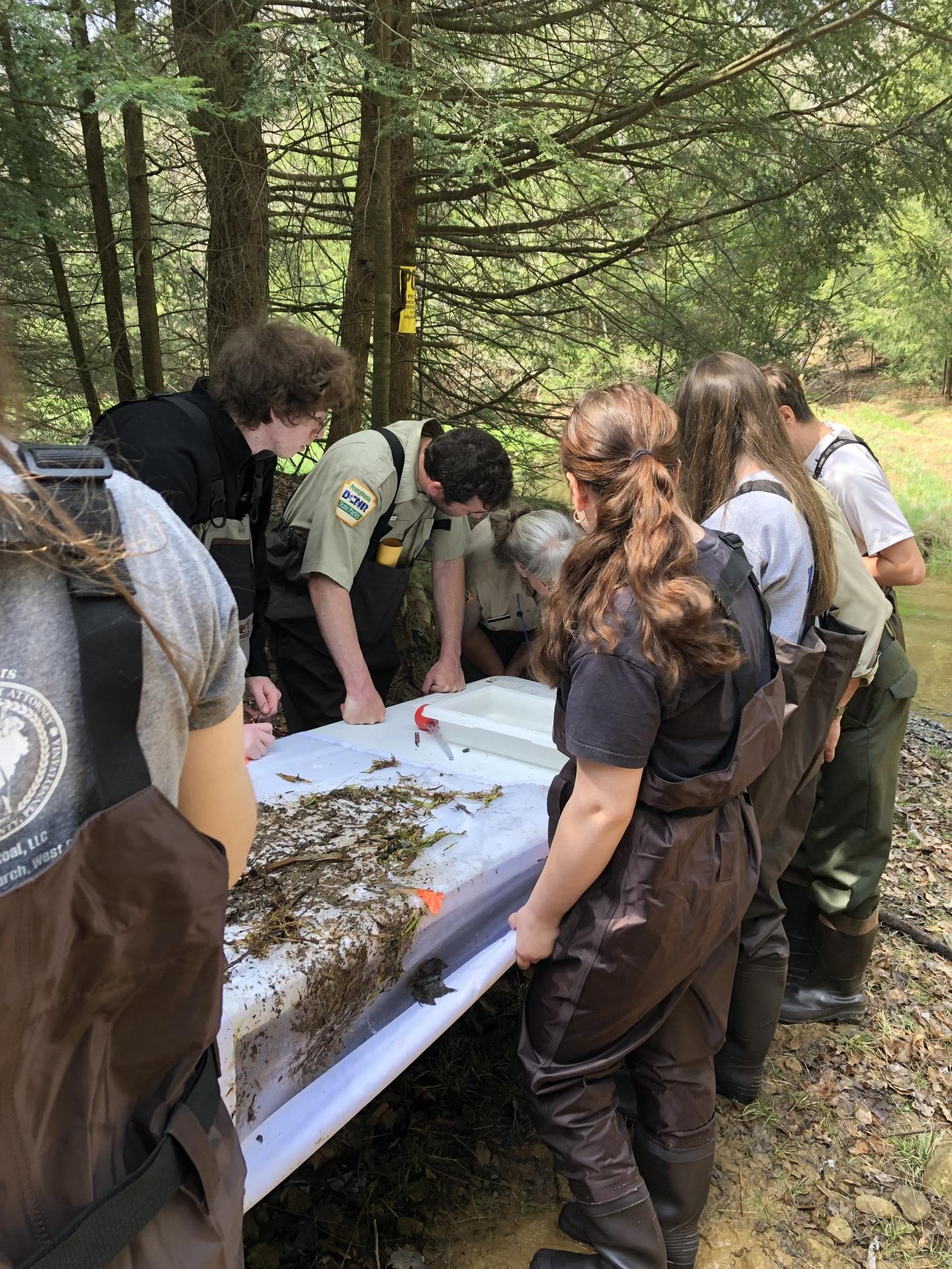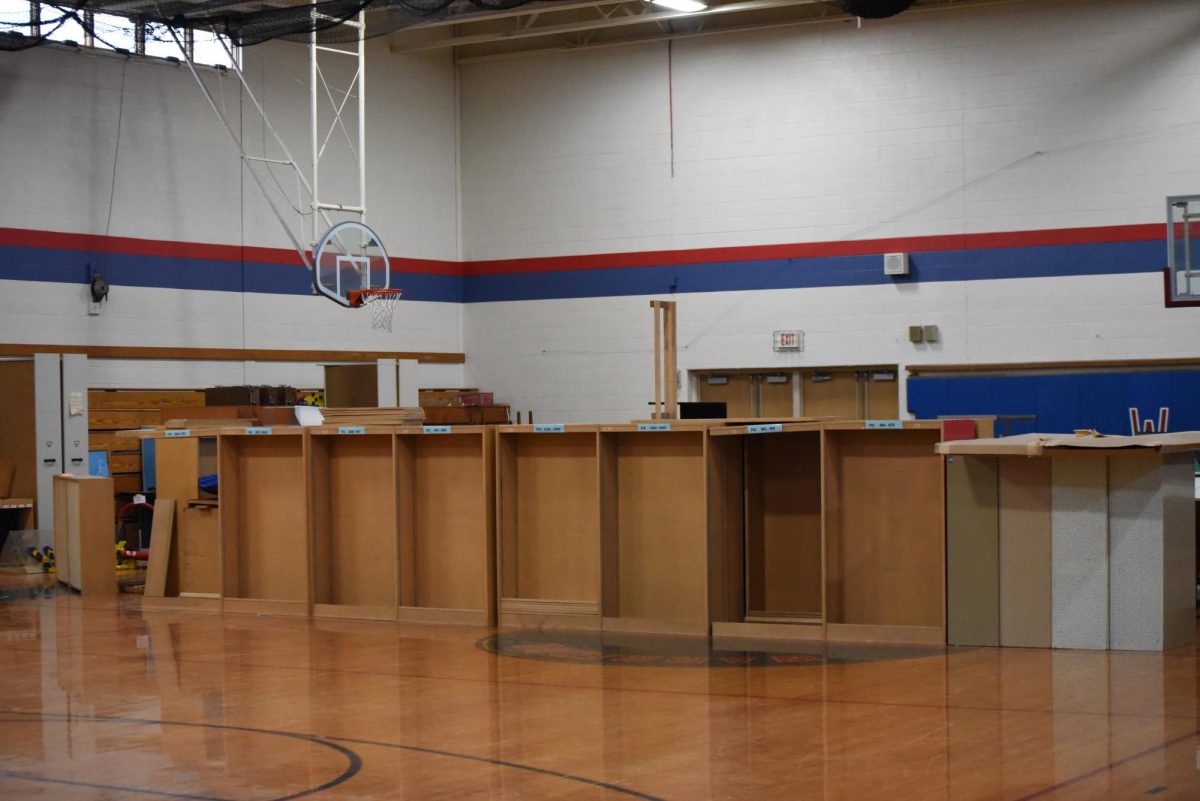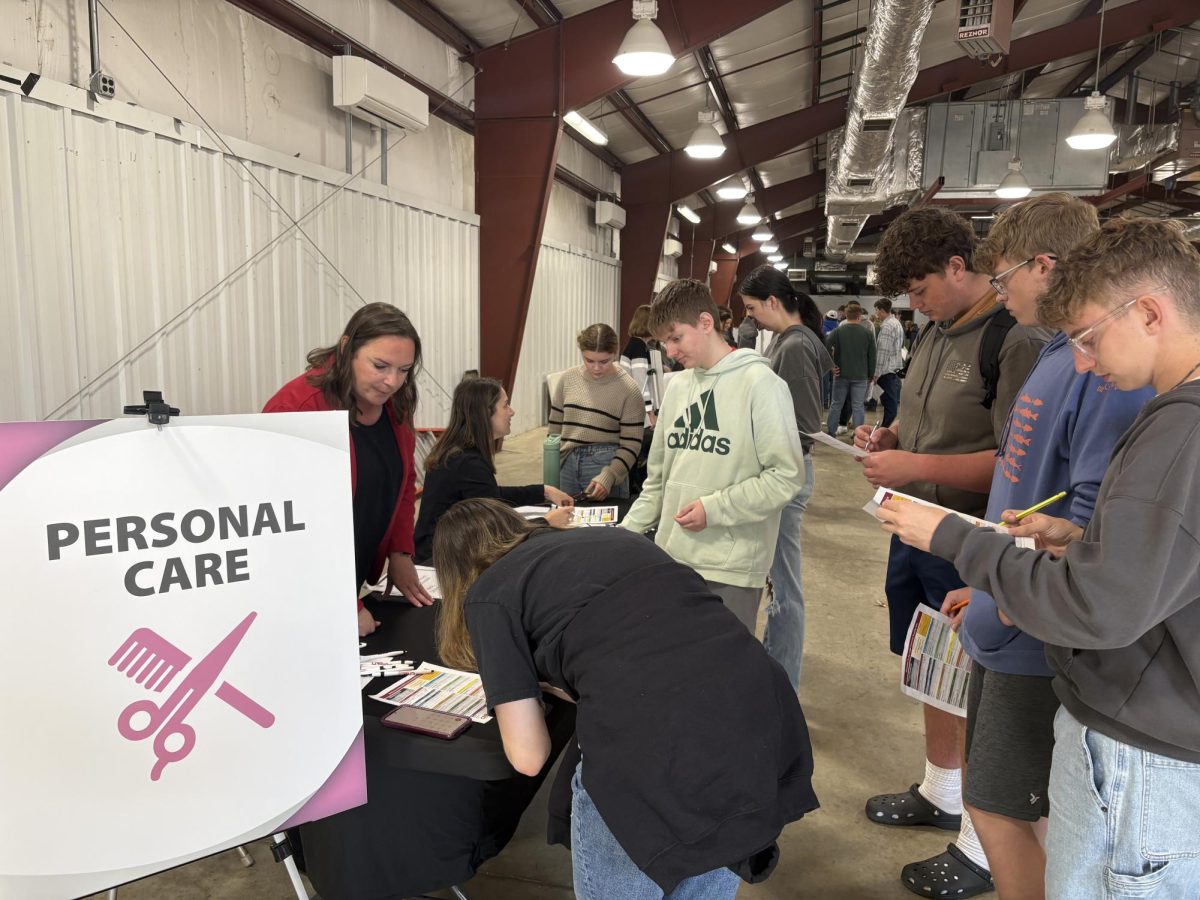On Tuesday, April 29th, the Aquatic Biology class traveled to Alder and Flat Run. They participated in a stream study with state park educators Suzann, Eric, Silvia Rensel, and Leo Magulick. On the field trip, the students studied the stream’s chemical, biological, and physical parameters. This specific site was chosen because it is an acid mine drainage cleanup site and also washes into the Susquehanna River basin.
To start the day, chemical tests consisting of the stream were conducted. The group got to test the dissolved oxygen, pH, turbidity, nitrates, total hardness, alkalinity, iron, and phosphate. Each one of the tests is one piece of a puzzle to measure the stream’s health. After the results were taken, it was suggested that the stream was healthy.
Continuing the trip, the students got to partake in biological testing. For this test, one person holds a net in the stream, and another person stands around one yard away from the net, kicking and moving the ground beneath the stream for one minute. After the minute is up, the net is spread out, and the students get to take a look at the aquatic macroinvertebrates. A couple of these included stoneflies, caddisflies, and alderflies. All of these indicate decent water. During the adventure, the students also came across a molting crayfish, a newt, and a garter snake.
During the last part of the expedition, the group tested the physical aspect of the stream. They tested the temperature of the air and the stream itself. The stream’s depth and width were also tested. Ideally, a stream study is done every season. The parameters change seasonally based on precipitation and temperature fluctuations. So by doing this test, the park rangers can check the average parameters.
Georgia Rice teaches aquatic biology and had a big impact on the trip. She says, “I love having the opportunity to take students outdoors for meaningful experiences as we study the health of our local water.” Overall, the treatment site was working properly, and the stream is capable of supporting aquatic life now, with hopes of supporting trout in the future. If treatment keeps improving, it would support recreational fishing in this area.
















